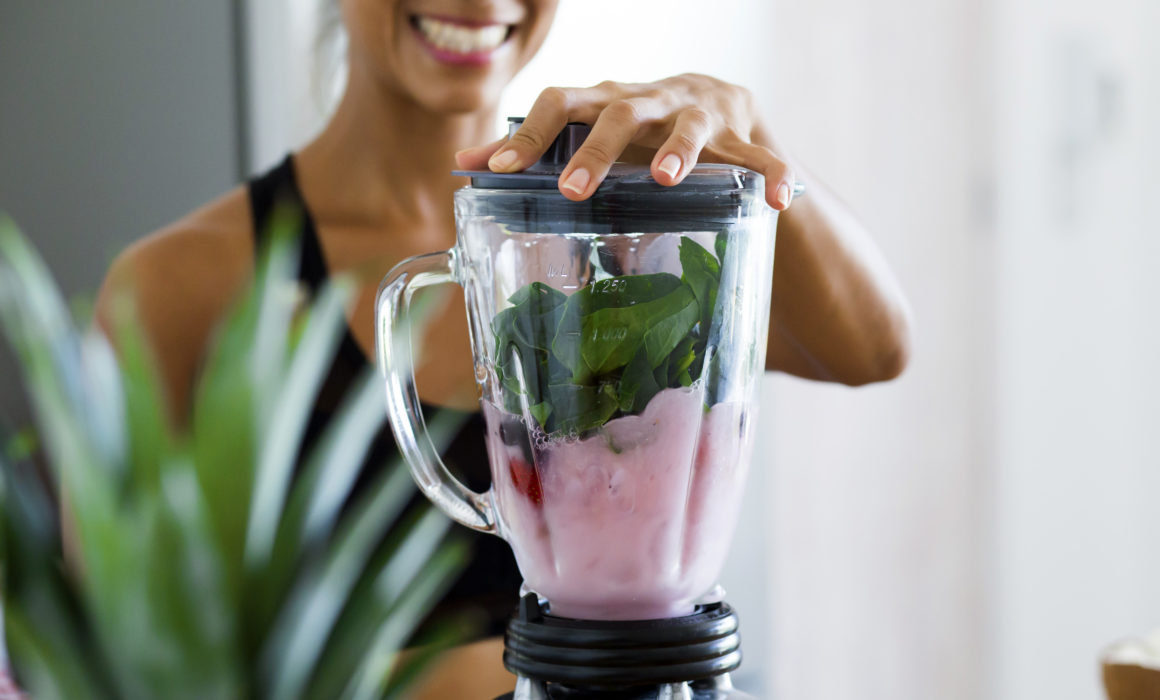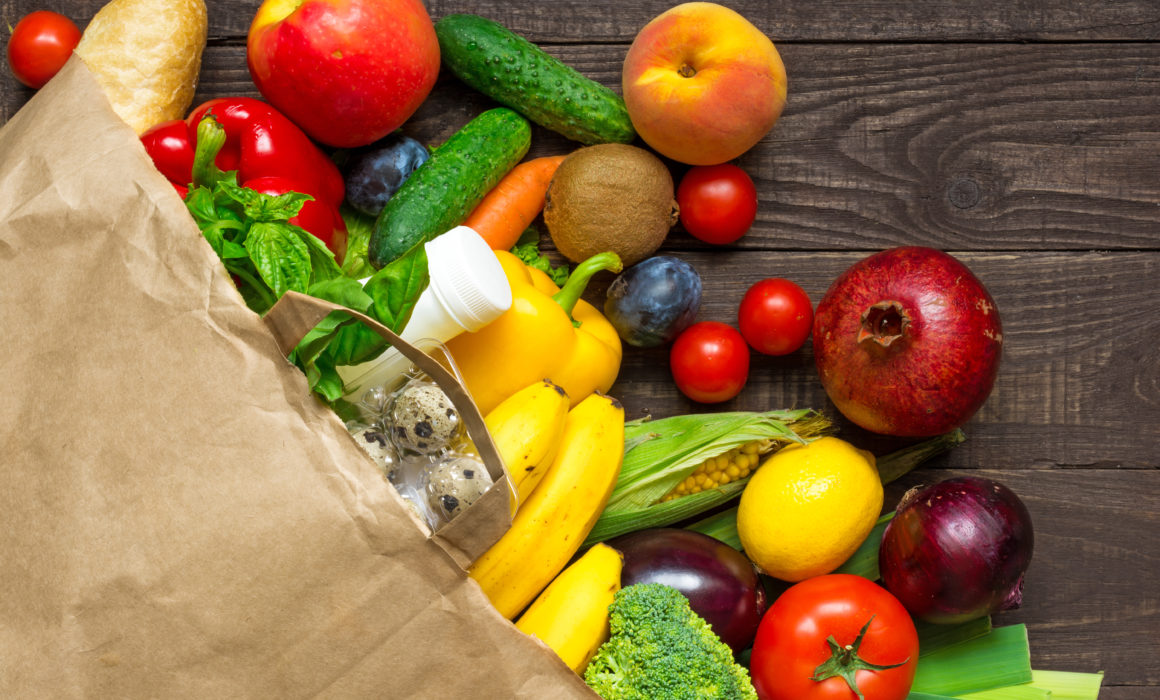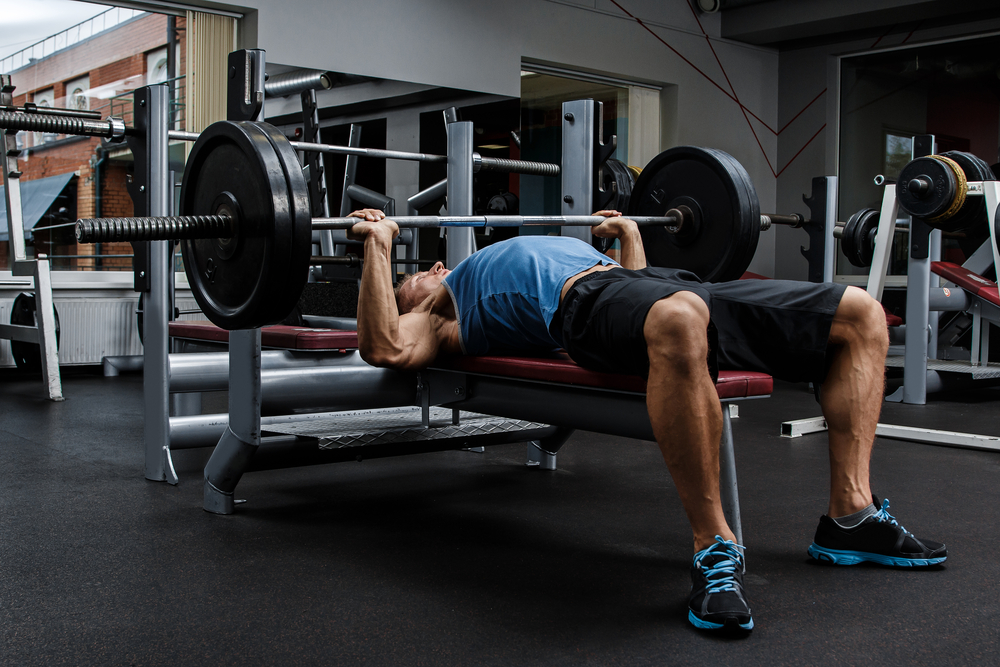Periodization: The Key to an Effective Workout Program
Periodization: The Key to an Effective Workout Program
Have you ever experienced stagnation or boredom with your workout routine? Have you hit a plateau where no matter what you do, you just feel like you’re not making progress? Have you experienced long term exhaustion physically, mentally, or even sickness? These are all symptoms of a manotineous workout program that is not well planned or a program that you have stuck to for too long. With strategic periodization, you can avoid training plateaus and overtraining. Here’s how to break free and take your training and your results to the next level.
What is periodization?
Strength and conditioning programs cause an alarm phase that provokes our bodies to respond to external stimulus (strength training or cardiovascular training). Our bodies responds by adapting the stimulus so the next time it encounters the same stressor, we will be able to better deal with the stress. This is referred to as general adaptation syndrome (GAS). Homeostasis is our bodies baseline or equilibrium, so anytime we encounter a stress whether physical or psychological we experience a physiological adaptation. This is why it is important to constantly adjust variables of stress (workout routine) through periodization.
To promote long term training and performance improvements, a good training program should include preplanned, systematic variations in training specificity, intensity, volume, and load organized in periods or cycles within the overall program. This allows you to optimize adaptations made from training either from strength training or cardiovascular training.
Periodization for Strength
So, you have to disrupt homeostasis with a progressive overload to cause the body to adapt. Here are three key training parameters that will drive gains in strength and muscle.
- Mechanical tension: external forces put on the muscles by the weights, resulting in muscle contraction. Lifting a heavy load in big compound exercises (squats, chins, rows, bench presses etc.).
- Metabolic stress: the accumulation of metabolic byproducts, referred to as metabolites (e.g., lactate, hydrogen ions, and inorganic phosphate) during and following resistance exercise, which indirectly mediate cell and muscle swelling. Using higher rep sets with shorter rest periods and intensification techniques such as, drop sets, supersets, rest pause and occlusion training.
- Muscle damage: referring to micro tears accrued from deliberately lifting weights, usually accompanied by DOMS. Exercises which place a big stretch on the muscle like Romanian Deadlifts, are great at achieving this. Eccentric overload training is also excellent. So, using a weight heavier than you can lift and just doing the lowering phase (you will need a spotter for this).
Periodization for Cardio
You should also periodize your cardiovascular training for the same reasons—to further challenge your body while still allowing for adequate recovery time.
If, for example, you’re a recreational runner, running for fitness, fun and the occasional short race, you’ll want to allow for flat, easy runs, as well as some that incorporate hills and others that focus on speed and strength.
What you don’t want to do is complete the same run every time. If you run too easily, and don’t push yourself, you won’t progress. And chances are you’ll get bored. Conversely, too much speed or high-intensity training will lead to injury or burnout, and most likely, disappointing race results.
Training Variables to Consider
Here are 5 key variables to consider that will impact your workouts. Now that you know the importance of altering your training program, here is how periodization manipulates these variables. A change in your program doesn’t necessarily mean you have to change all of the exercises, sets, reps, and weight periodically. In some instances, that may be the case, but a change in your program can be as subtle as increasing or decreasing the volume. Or maybe you increase the weight in your strength training routine. Maybe, you increase the weight and decrease the volume respectively. There are many ways that you can alter a program, the most important thing is that your program is adjusted periodically with the end goal in mind so that you get results.
Here are 5 key training variables:
Volume: The number of repetitions per set, or the number of sets of each exercise
Load: The amount of resistance used and cumulative effective of stress from your workout physically and psychologically.
Frequency: How many days a week you train a muscle group, movement pattern, or energy system.
Intensity: Rest period between sets or bouts, exercise type, order of the exercises, types of exercises, weight used for the exercise, and speed at which you complete each exercise.
Specificity: exercise selection that is specific or non specific to your goals
How Frequently should you switch up workouts?
Macrocycle: Traditional periodization models divide the overall program into specific time periods. The largest division is a macrocycle, typically (6-12 months)
Mesocycle: Within macrocycle are two or more mesocycles, each lasting several weeks to several months. The number depends on goal and peak time periods. (2 weeks – 6 months)
Microcycle: Each mesocycle is divided into two or more microcycles that are typically one week long but could last for up to four weeks, depending on the program. This short cycle focuses on daily and weekly training variations. (1-4 weeks)
With this in mind. It is recommended that you adjust your training program at least every 4 weeks to avoid plateaus and negative effects of overtraining.
Types of Periodization
Here are 3 types of periodization methods.
Linear: Most frequently used. Best for beginners. training plan that gradually increases volume, intensity, and work by mesocycles in an annual plan. Progressive overload is a major key to success here.
Non-Liner/Undulated: Relies on constant change in stimuli throughout training cycles. As opposed to a linear periodization that focuses on gradual increase of one variable, this style manipulates multiple variables like exercises, volume, intensity, and training adaptation on a frequent basis. The time frame for these manipulations can be daily, weekly, or even bi-weekly. Non-linear periodization is more advanced than linear and incorporates multiple types of stimuli into a training program.
Block Periodization: Block periodization is arguably the “newest” periodization style. The concept of block periodization focuses on breaking down specific training periods into 2-4 week periods. Each block encompasses three different stages: accumulation (50-75% intensity), transmutation (75-90% intensity), and realization (90%> intensity). The goal behind these smaller, specific blocks is to allow an athlete to stay at their peak level longer.
Periodized training will ensure that you continue to make measurable progress, which will keep you energized and interested in reaching your goals
As you incorporate periodization into your fitness program, keep in mind your body will need adequate rest as well. It’s important to track your workouts and record sets, reps along with the amount of resistance you used. This long-term plan will allow you to stay focused on different goals throughout the year and will support continued and measurable progress.












